Most people would like damages to their broken items to be concealed and hidden by repair making the object look like new. But the Japanese art of Kintsugi follows a different philosophy. Rather than disguising the breakage, kintsugi restores the broken item incorporating the damage into the aesthetic of the restored item, making it part of the object’s history. Kintsugi uses lacquer resin mixed with powdered gold, silver, platinum, copper or bronze, resulting into something more beautiful than the original.
According to Lakeside Pottery:
Kintsugi is said to have originated in the 15th century when a Japanese shogun broke a favorite tea bowl and sent it back to China to be fixed. But the repair job, which was done with metal staples - being the standard for repair at that time - detracted from the beauty of the bowl. Disappointed, the shogun enlisted a Japanese craftsmen to come up with a more aesthetically pleasing solution, and kintsugi was born.
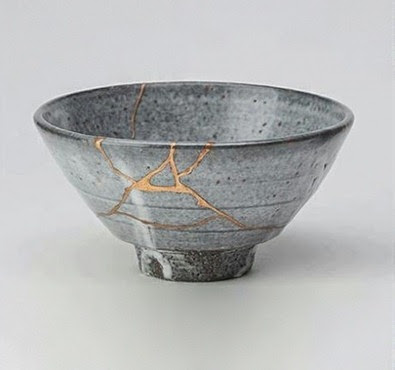
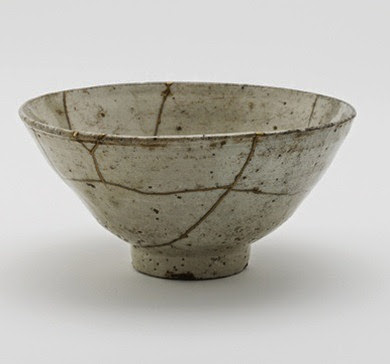
Although kintsugi repair makes it appear as though the original piece was mended with gold, the original process is essentially a form of lacquer art. Broken pieces are glued back together using urushi lacquer, derived from the sap of the Chinese lacquer tree. The final layer of urushi is covered with fine gold powder and then burnished. The collection of the sap and processing of the urushi oil is difficult because of its toxicity. Fortunately, once it dries and hardens the toxic effects of the urushi oil are essentially nullified, making the lacquer ware safe to handle. Today, thanks to modern polymer technology, kintsugi style repair can be accomplished with state of the art materials that are stronger and have greater longevity than the traditional lacquer methodology.
Collectors of kintsugi are so enamored of the art that some were accused of deliberately smashing valuable pottery so it could be repaired with the gold seams of kintsugi.
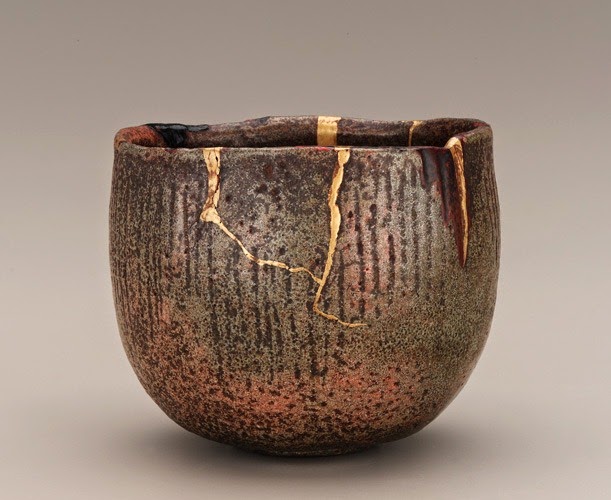
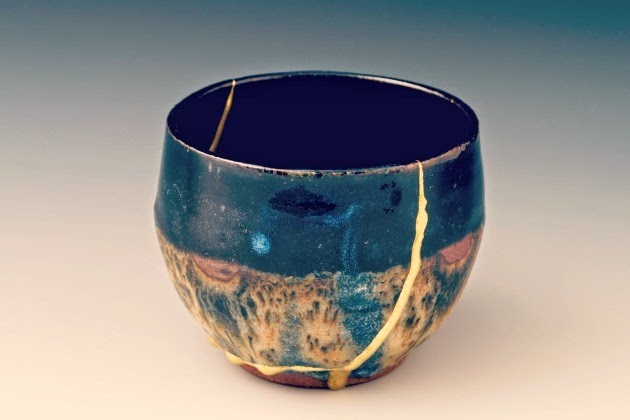
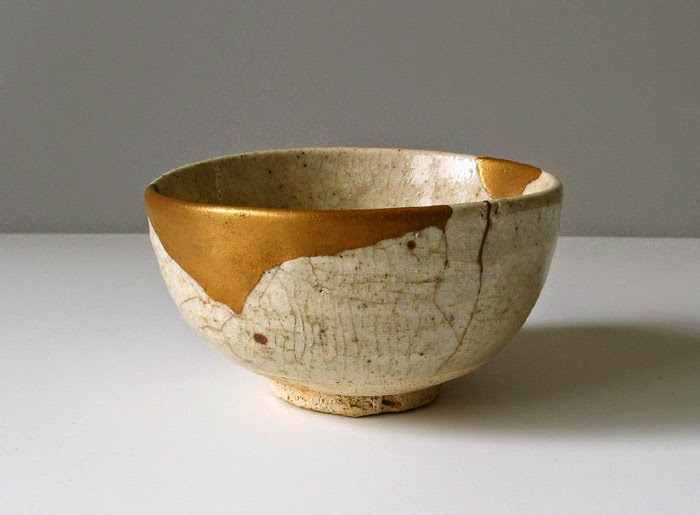

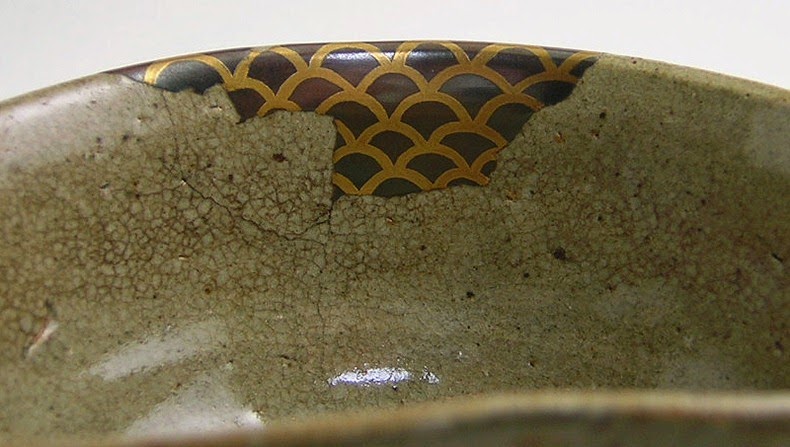
Sources: Wikipedia / Lakeside Pottery via Reddit



A Noble Reason.
ReplyDeleteThe reason urushi lacquer is toxic is that it largely consists of chemicals in the same family as the toxins found in poison ivy/oak/sumac. This family of toxins is called 'urushiols'.
ReplyDelete